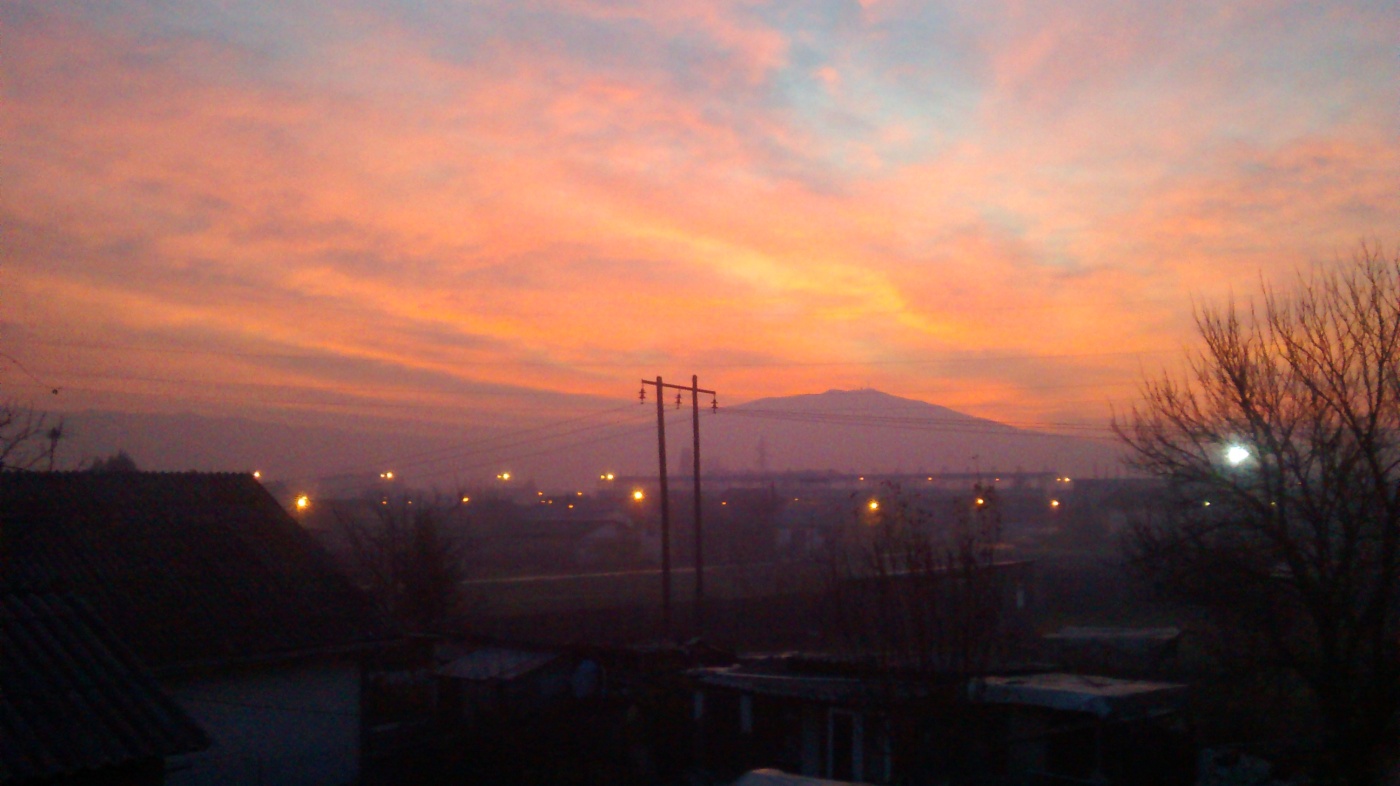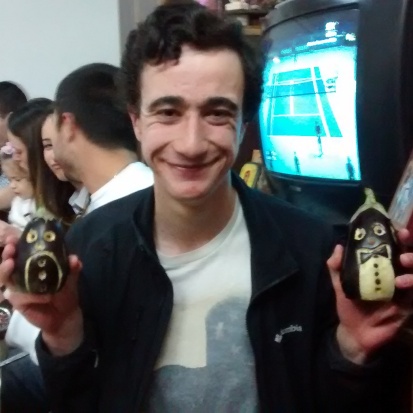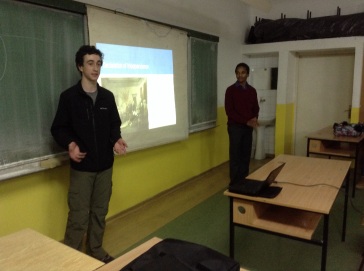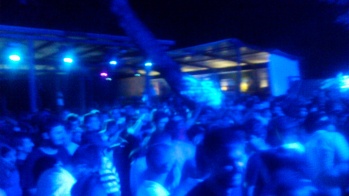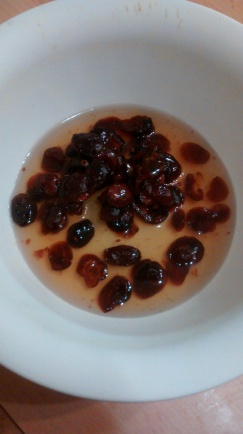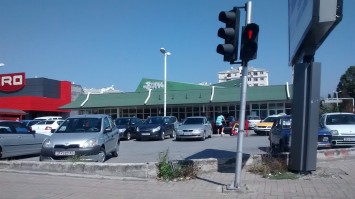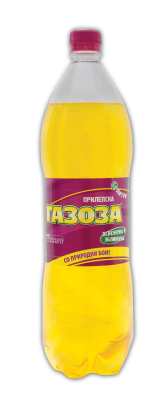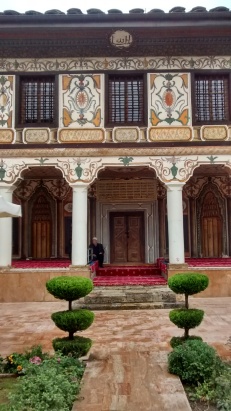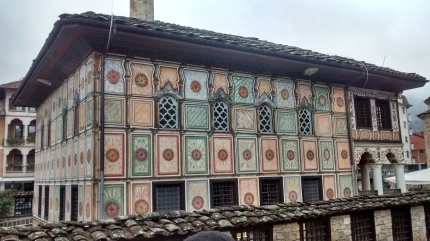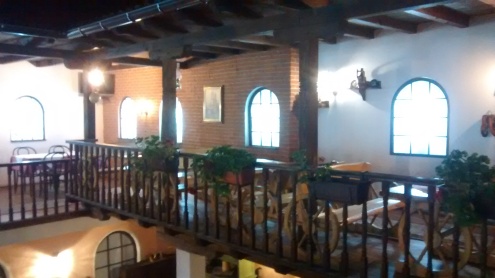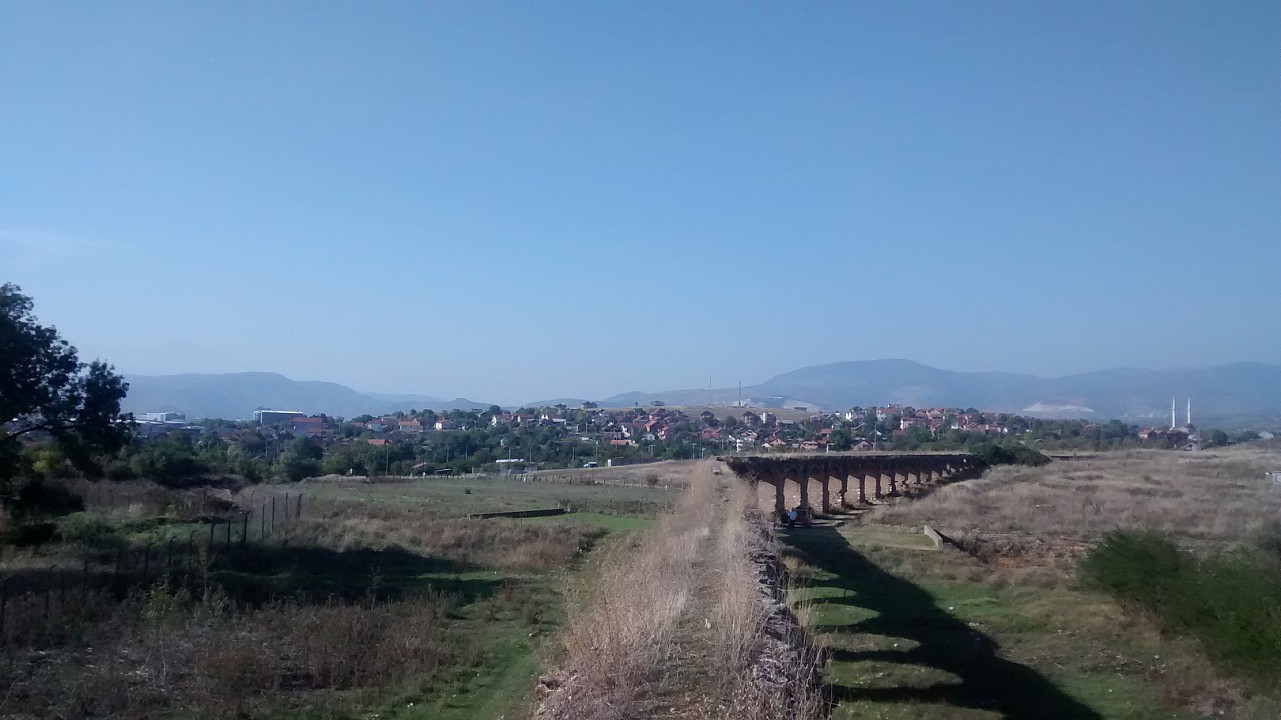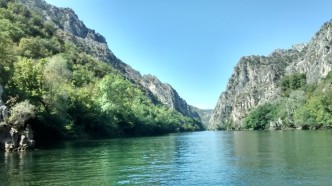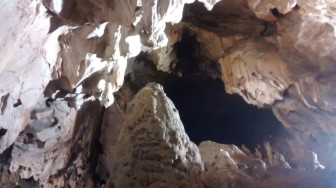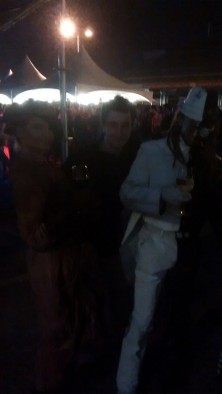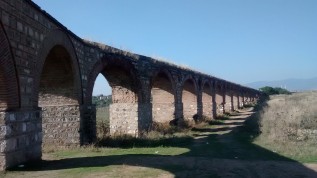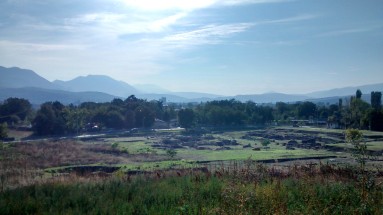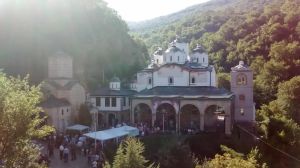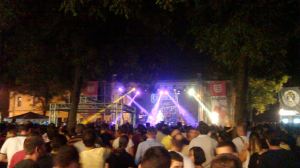Здраво (zdravo)! My saga on my exchange year in the small southeastern European country of Macedonia continues. This post documents my adventures during the erratic and thrilling month of December.
At my pre-departure orientation for YES Abroad, I was told that December had the possibility of being one of the hardest months of my exchange due to the holidays, homesickness, and my life in my host country becoming less exotic and increasingly normal. Fortunately, December was the exact opposite. My exchange during December had to be one of the most unpredictable, exciting, and fun months of my life, and it all started with a simple trip to England.
On December 5, I flew to England for a short trip to interview at a university to which I had applied. I flew out on a Saturday afternoon, expecting my trip to be three days long. However, as with most international travel, the trip did not go to plan. I arrived in England late Saturday night at the London Luton Airport, which despite what its name would have
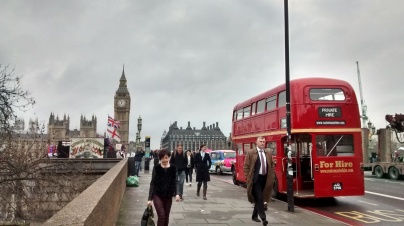
people believe, is an hour and a half outside of London. Thus, I was going to take a bus into London, which seems as if it would be a simple thing to do. However, when I was walking through the bus station, I found myself disoriented, as I could not find the door to any of the busses. Then I had an epiphany. I realized that Britain drives on the left-hand side of the road, so the door of the bus is on the opposite side as it would be in most other places in the world. After this realization, I was able to find the door to my bus and rode into east London. Once I arrived in London, I attempted to withdraw money from an ATM, but my bank froze my debit card, despite me notifying them that I would be traveling to England. Once I was able to call them, I was told that they were able to verify my card, but I could not withdraw cash for the next week because of a computer glitch. So, I was stuck in east London and needed to walk to my youth hostel, since I did not have money for the tube system.
According to Google Maps, my walk should have been an hour long, only I did not have access to a map. Of course, I became lost multiple times. Fortunately, I was in a country where everyone spoke English, so I asked for directions about ten times. After living in Macedonia, a country where most people who are older than thirty know little to no English, I now fully appreciate being able to ask for directions. Presently, I speak Macedonian well enough to ask for directions. However, at the beginning of my exchange, if I was lost, I was completely lost. One time this resulted in me biking around an industrial zone for an hour and a half, but I digress.
Back to London. The walk that was supposed to take one hour ended up taking two-and-a-half hours, and I arrived at my youth hostel at midnight. After I checked in, I was quite hungry, so I went out to find food. As one would expect, almost all of the grocery stores and restaurants in the London neighborhood of Southwark were closed a half hour past midnight. After a half-hour of searching, I found a Mongolian restaurant. It was as if I found a mirage after walking through the desert for a day. I have never had better Mongolian food in my life, although in truth that may have been the first time I had Mongolian food.
Additionally, it was refreshing to have a break from Macedonian food. Although I love Macedonian food, it can become boring at times, and the international food in Skopje is either non-existent or not so good. Therefore, eating Mongolian beef at one in the morning on the boardwalk of the River Thames in London was quite pleasing. After finishing my beef, I went to bed in my youth hostel that slightly resembled an above ground bunker; seriously, I have never seen a building with so many fire doors.
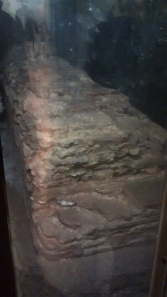
The next day, I walked from my hostel in east London to central London, where my youth hostel for that night was. I decided to go on a public walking tour of central London, and with quite a bit of luck, no one besides me showed up, so I had a private tour of central London. What I did not realize about central London is that it is primarily office buildings with some important British historical and cultural sites sprinkled in; almost no one lives in central London, so when I went out for dinner that night, I was one of a handful of people in that part of the city.
The following day, December 7, I walked to east London to catch my bus to the college where I would interview at the following day. By chance, the bus was late, and I arrived in the town late at night. Again, I became lost multiple times. Eventually, I found the college dorm where I would sleep that night. As it turned out, the small town I was in had almost no public internet, so I went twenty-four hours without connection to the outside world – which was quite refreshing.
On December 8, I had my interview and caught a bus to the airport, where I would catch my flight back to Macedonia later that evening. At first, I saw that my flight, which was supposed to leave at 19:00, was delayed an hour. As I sat in the overcrowded airport waiting, the information board informed me that the flight was delayed two hours. Then, the flight was delayed four hours. Then, at 23:00 the flight was canceled. As it turns out, the air pollution in Skopje, or as I call it the “Skog” (See post my October post for explanation of terminology and description of severity of “Skog”) was so bad that the Skopje airport was shut down, and the plane that was supposed to be taking me back to Macedonia was stuck on the tarmac in Skopje. Fortunately, the lovely WizzAir told all the passengers that they would provide us with a hotel for the night and an opportunity to rebook on the earliest flight to Skopje. Then, the airline backed out and left all the passengers, including me, stranded at the airport.
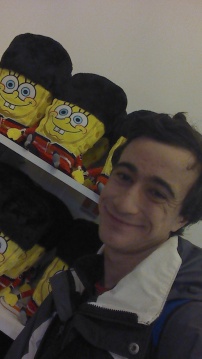
I then caught a bus back to London to go to the youth hostel I slept in a few nights before, hoping that they would have a bunk open and having no idea where I would sleep if they did not. Fortunately, the youth hostel had an open bunk. I then searched for when I could rebook my flight and found that the earliest flight I could catch was on Saturday, which meant I was stuck in England for four days. How awful.
Interestingly enough, this was not the first time I was stuck in a foreign country, albeit this was the first time I was stranded alone. You may remember six years ago when the Eyjafjallajökull volcano blew up in Iceland. Well, I was in Germany with my family when the volcano decided to erupt, and all the flights out of northern Europe were canceled due to the ash. My family and I had to escape Europe by taking a series of trains to Italy, where we caught a flight over the mid-Atlantic, stopping in the Azores.
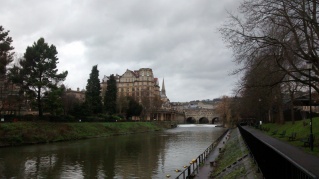
I very much enjoyed my extended time in England. Some of the highlights of my unexpected excursion included seeing a few of Banksy’s works in Bristol, England, where the protest street artist is from, and visiting the city of Bath, a city famous for its architecture and ancient Roman baths. The architecture of Bath is beautiful. The buildings all have a similar looking gray facade, but this does not give off a dystopian impression like in some of the uniform neighborhoods of Skopje.
As with all good things, they come to an end, and I quickly found myself on a plane back to Skopje, which actually departed London and arrived in Skopje on time. There is a Balkan tradition that when a pilot lands a plane successfully, the passengers usually clap as a sign of thanks and a job well done. When my fellow YES Abroad students and I initially landed at the Skopje airport back in August, this took us by surprise. It was my first experience with Balkan culture.
With this cultural tradition in mind, I, along with the Kosovar girl I was sitting next to on the plane, decided that we would start the clapping after the plane landed, only we did not get the memo that people only clap during the day, and this was twelve-thirty at night. Additionally, the pilot was so good that a few people were not awakened by the landing, but they were by our clapping, which we were the only ones doing. In a stereotypical Macedonian teenage manner, the first thing I did after arriving in Skopje was go to a party; I did not even stop by my host home on the way.
After arriving back in Skopje on December 12, nothing much happened until my school let out for winter break the following week. Since my school is an American-style international school with a substantial number of Macedonian Orthodox students, our winter break covered both western Christmas and Orthodox Christmas. This meant that my winter break was twenty-three days long, which was a large step up from having a nine-day winter break in Connecticut.
I do not celebrate Christmas. Instead, I observe the winter solstice. As part of my observation of the winter solstice, I hand out winter solstice cards. These cards were a big thing at my American high school (I would print off hundreds of them and hand them out to everyone I saw). I tried this on a much smaller scale at my host high school, but not a lot of people understood the idea behind it. If you were wondering what happens for western Christmas in Macedonia, the answer is nothing, but our implementing organization for YES Abroad was kind enough to organize a Christmas party. I also had a Chinese exam on the day. Orthodox Christmas is in January; it is a big deal and a lot of fun. I will write about it in my next post.
You are probably wondering what I did with all of my time over break. Well, I put off a substantial amount of my college essays until winter break. So most of my days on break before New Year’s consisted of me waking up around eleven, writing essays until six, eating dinner, then going out, and arriving back home anytime between two and four in the morning. A few of my Macedonian friends taught me an important lesson about staying out in Skopje: not to look at the clock when coming home, for that would make one self-conscious about the number of hours of sleep he is having.
The fun part about going out in Skopje is that I am never certain where and whom to which the night will lead me. This is a good time to point out a particular Skopje phenomenon: commonly running into people I know. This happens all the time. Before I lived in Skopje, which is a city of around eight hundred thousand people, I lived in a small New England town of eight thousand people. In my small New England town, I almost never ran into someone I knew just by chance. In Skopje, if a day goes by without me meeting someone I know by random occurrence, I am stunned. This phenomenon has happened to me while riding the bus, while exploring an eight hundred year-old monastery in Matka, and while biking through one of the small villages of five hundred people on the outskirts of the city. As a result of this phenomenon, I can go out at night with one set of people going to one place, randomly meet another set of people at that place, and go with that set of people to another place once the first set of people goes home to sleep. This keeps my nights exciting, since I never know what will happen.
Of course, at the end of December is New Year’s. However, New Year’s is such a big celebration in Macedonia that I am going to leave it for the next post, so you will have to wait until next week to read about it. If you have any questions related to my exchange or Macedonia, please send them to theskinnyboyofskopje@gmail.com and I will answer them on the “Questions and Answers” page. If you enjoyed reading this post and would like to read future posts of mine, please follow my blog by email or WordPress at the bottom of this page and feel free to share my blog. Until next time, збогум (zbogym)!

